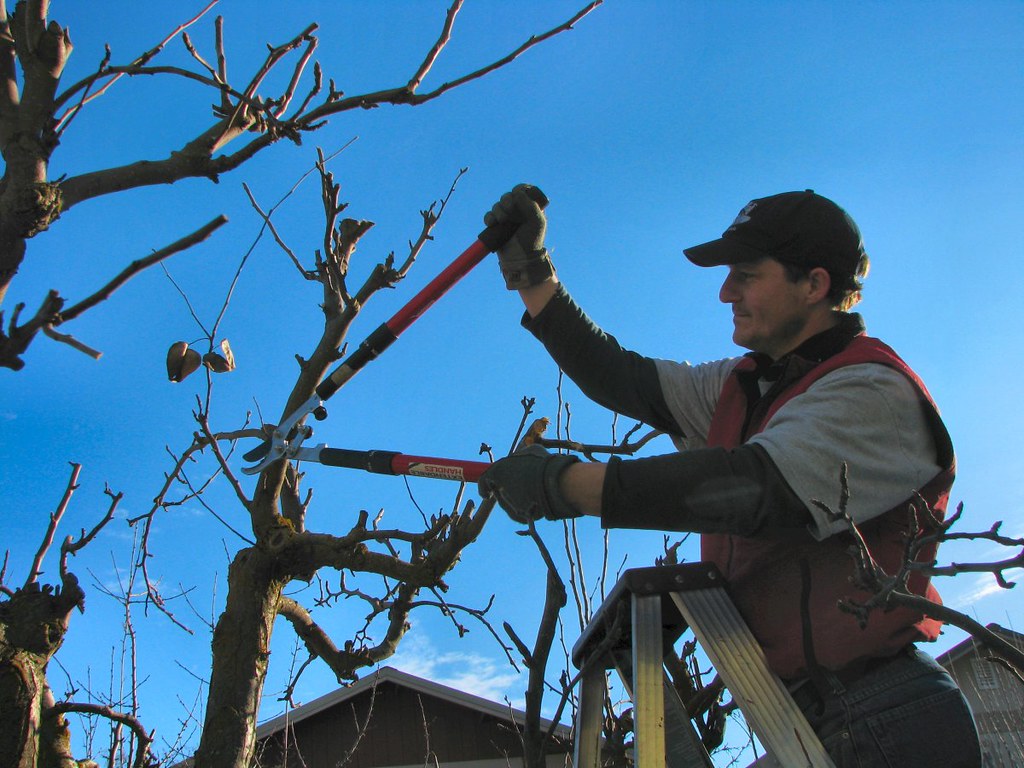Table of Contents Show
Pruning, the process of selectively removing branches or parts of a plant, is a common practice in gardening and arboriculture. While it has its fair share of benefits, it also comes with a few drawbacks. In this blog post, we’ll explore what happens after pruning, the advantages it brings, and the potential negative effects to consider.
The Benefits of Pruning
Pruning, when done correctly, can work wonders for the health and appearance of your plants. Here are some of the key benefits:
Promotes Growth and Vigor
By removing dead, damaged, or diseased branches, pruning stimulates new growth and redirects the plant’s energy toward healthier areas. This encourages the development of stronger branches and overall plant vigor.
Enhances Aesthetic Appeal
Pruning can help shape and control the growth of plants, making them more visually appealing. It allows you to sculpt your garden or landscape according to your preferences, creating a harmonious and well-maintained environment.
Improves Air Circulation and Sunlight Penetration
Thinning out dense foliage through pruning improves air circulation and allows sunlight to reach the inner branches and lower parts of the plant. This promotes better photosynthesis, reducing the risk of fungal diseases and improving overall plant health.
Controls Size and Structure
Regular pruning can prevent plants from becoming overgrown or unwieldy. It helps maintain the desired size and shape, ensuring they fit within the available space and preventing potential hazards such as branches interfering with structures or blocking views.
Read Also:
The Aftermath of Pruning
So, what happens after pruning? After the initial cut, the plant enters a period of recovery and healing. Here’s what you can expect:
Initial Shock and Stress
Pruning can be a stressful experience for plants, especially if a significant amount of foliage is removed. Initially, the plant may appear weakened or even show signs of shock, such as wilting or leaf drop. However, this is a temporary phase as the plant adjusts to its new state.
Regrowth and Healing
As the plant recovers, it will allocate resources to heal the pruning wounds and stimulate new growth. Buds located below the pruning cuts will start to sprout, gradually filling in the gaps and restoring the plant’s fullness.
Increased Energy Allocation
With fewer branches to support, the plant can redirect its energy towards other vital processes, such as root development and flower or fruit production. This can result in improved overall health and increased productivity.
Pruning: The Good and the Bad
While pruning offers numerous benefits, it’s important to be aware of the potential negative effects as well. Here are a few drawbacks to consider:
Weakens the Plant Temporarily
Pruning removes a portion of the plant’s foliage, which can temporarily reduce its ability to produce energy through photosynthesis. This may lead to a period of decreased growth until the plant recovers and regains its strength.
Increased Vulnerability to Pests and Diseases
Pruning cuts create entry points for pests and pathogens. It’s crucial to maintain proper hygiene and monitor the plant for any signs of infestation or disease. Applying protective measures, such as pruning sealants or organic pest controls, can help minimize the risks.
Pruning Mistakes Can Be Costly
Improper pruning techniques or excessive removal of branches can harm the plant and potentially lead to irreversible damage. It’s essential to educate yourself or seek professional advice to ensure you’re pruning correctly and not putting your plants at risk.
Conclusion
Pruning, when done right, can be highly beneficial for plants, promoting growth, health, and aesthetic appeal. However, it’s crucial to approach pruning with care and knowledge to avoid potential negative effects.
By understanding what happens after pruning and weighing the pros and cons, you can make informed decisions that will benefit both your plants and your garden as a whole.

